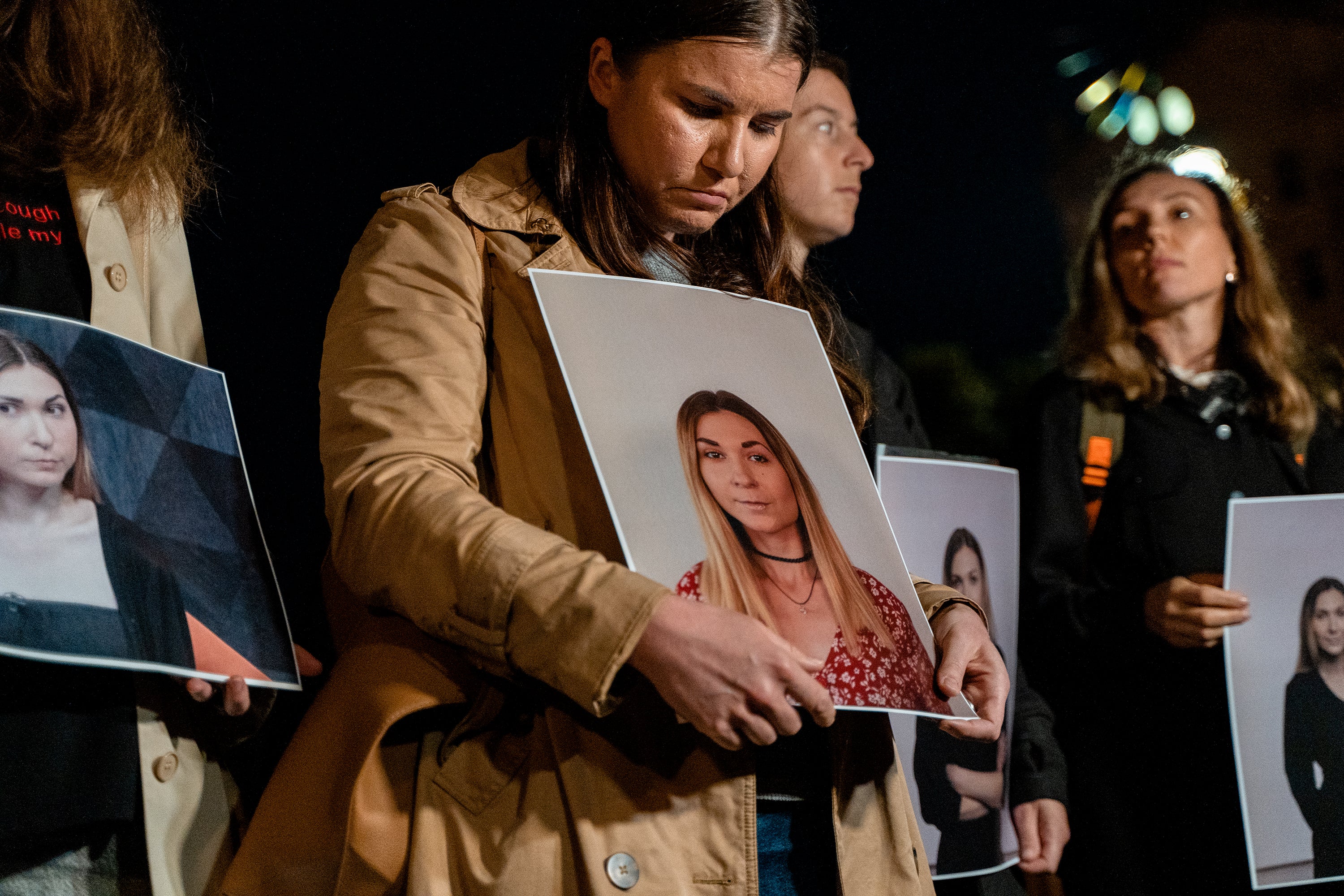ARTICLE AD BOX
Ukrainian journalist Viktoriia Roshchyna was brutally tortured in Russian captivity, given electric shocks, and had some of her internal organs removed, a joint media investigation has revealed.
Numerous signs of torture and ill-treatment were found on the journalist’s body returned by Russia, said Yurii Belousov, head of the war crimes department at the Prosecutor General's Office. The experts, who were a part of the investigation, also saw signs of electric shock torture on Roshchyna.
An independent examination of Roshchyna’s body in Ukraine showed that her brain, eyes, and parts of trachea had been removed, the French newsroom Forbidden Stories investigation said.
Roshchyna, 27, was confirmed dead on 19 September last year by Russian authorities after she was imprisoned in a Russian detention facility dubbed “hell on Earth”. She went missing in August 2023 while reporting from Russia-occupied Zaporizhzhia region. Her father said he received a call from Roshchyna for the last time on 3 August but they lost contact with her shortly after.
Ukraine confirmed her death on 10 October last year, stating she died while being transported from a detention facility in southern Russia’s Taganrog to Moscow.
The Taganrog facility is described as “hell on Earth” for captive Ukrainians, with beatings routinely reported by former prisoners, said Tetiana Katrychenko, executive director at the Media Initiative for Human Rights, a Ukrainian rights group tracking Roshchyna’s case.
Her human remains, tagged with the number 757, were handed over by Russia in late February this year with Russian documents labelling her as an “unidentified male”.
However, a forensic examination showed the body was that of a woman. A DNA testing also identified the remains as of Roshchyna’s with 99 per cent certainty.

More than 40 journalists from 13 international media outlets participated in the latest investigation, who conducted more than 50 interviews with former prisoners, ex-prison guards, and human rights activists.
Investigators have said the body showed evidence of an autopsy conducted in Russia before it was returned to Ukraine.
The organs may have been deliberately removed from Roshchyna’s body to hide signs of suffocation or strangulation, according to an international forensic pathologist.
The investigators also found a bruise on Roshchyna’s neck, along with a suspected fracture of the hyoid bone, which is a common indicator of strangulation. Her body was marked with the Russian abbreviation “SPAS”, which is indicative of “total failure of the arteries of the heart”, according to the journalists.
This may have been used by Russian authorities to fabricate the actual cause of Roshchyna’s death, they said.
The condition of the body has made it impossible to find the exact cause of her death.
Last year, Ukrainian officials and Roshchyna’s ex-colleagues told The Independent they were concerned the delay in returning her body by Russia could help in the cover-up of the cause of her death.
Petro Yatsenko, spokesperson for the Ukrainian coordination centre for the treatment of prisoners of war, said that in the absence of any formal statement by Russia detailing the reason, it is understood that something happened to the young journalist while she was being transferred from one pre-detention facility to another in Russia.
“Taganrog facility is well known for its horrible torture and inhumane behaviour towards the Ukrainian prisoners of war,” he told The Independent last year.
Forbidden Stories said none of the Russian officials solicited by the consortium – the Kremlin, the Federal Security Service (FSB), and the Federal Penitentiary Service (FSIN), as well as several Taganrog higher-ups – responded to their requests for comment.









 English (US) ·
English (US) ·